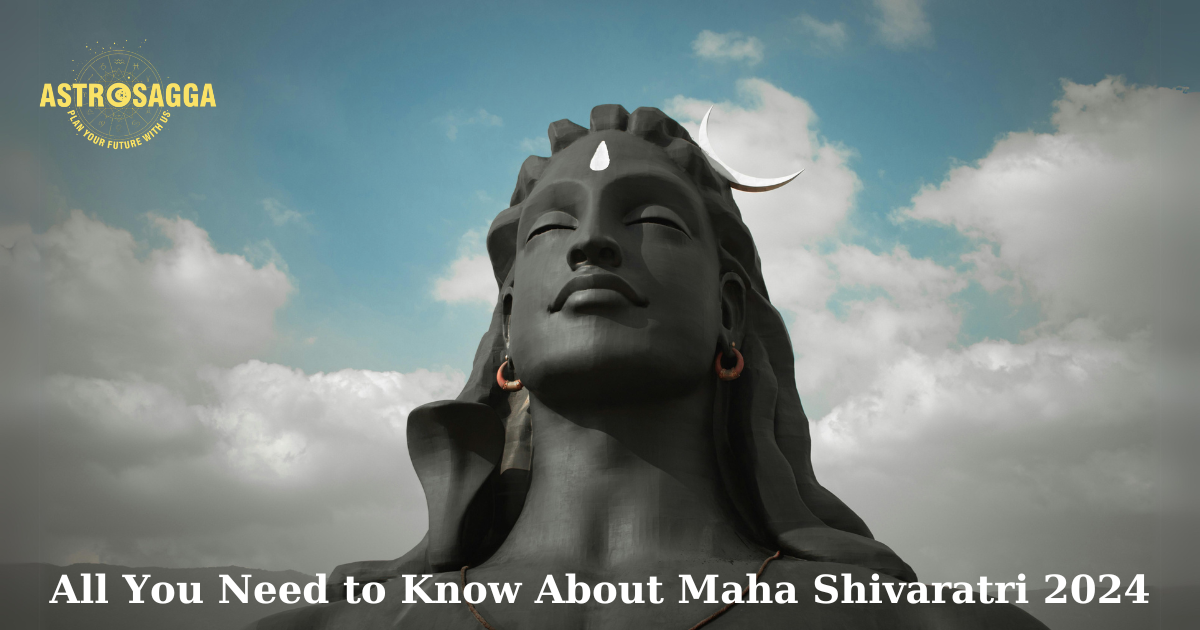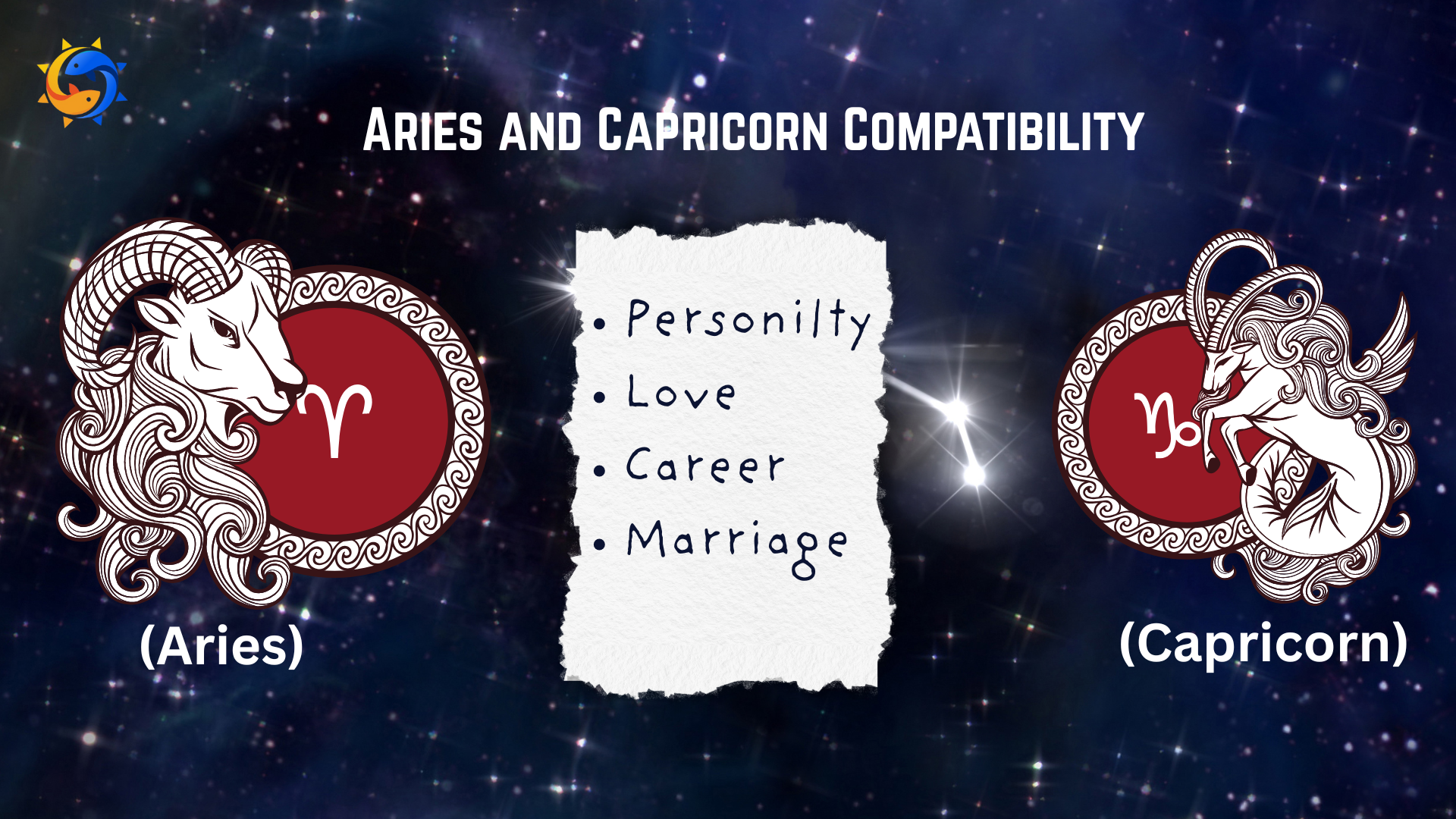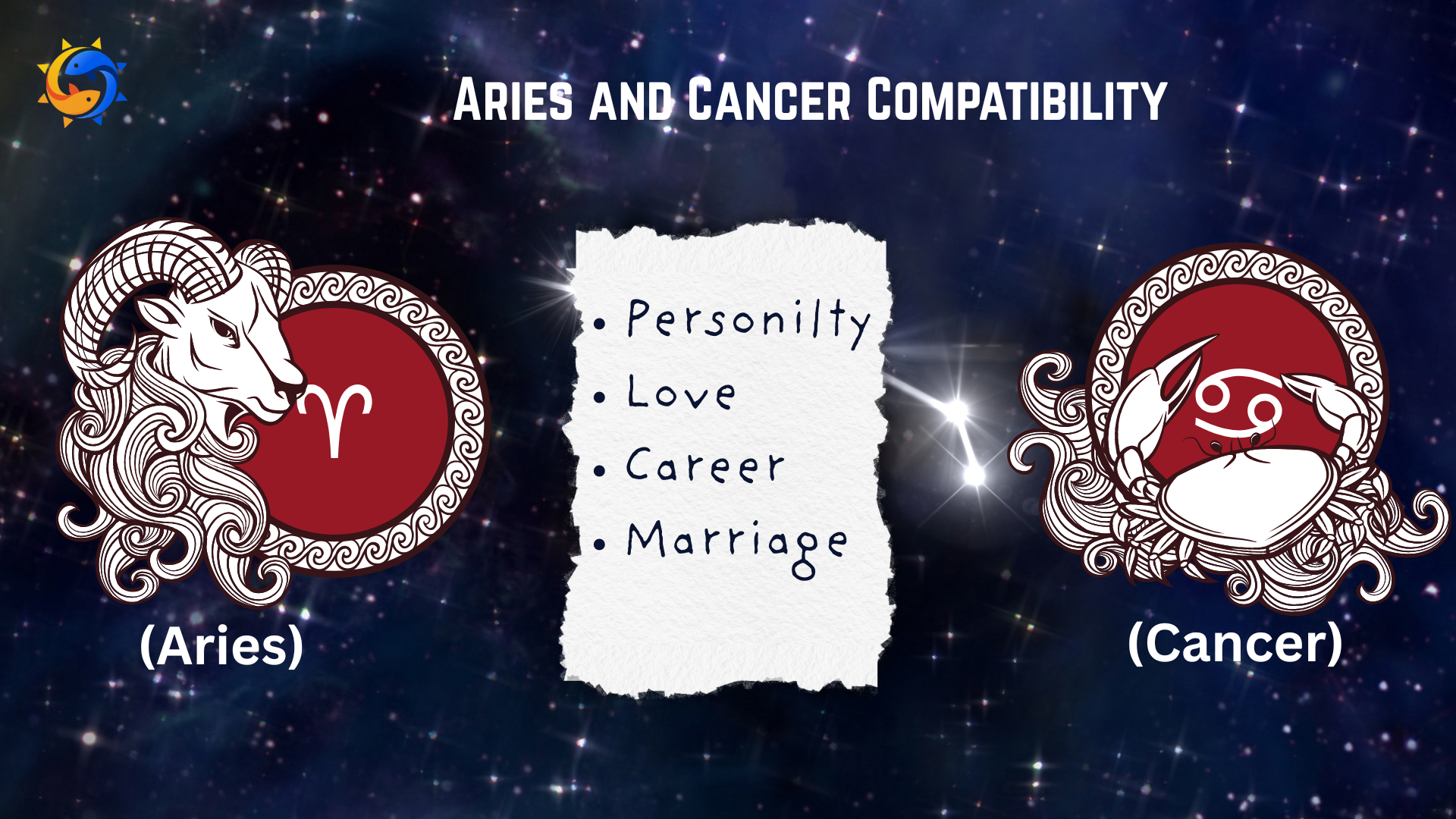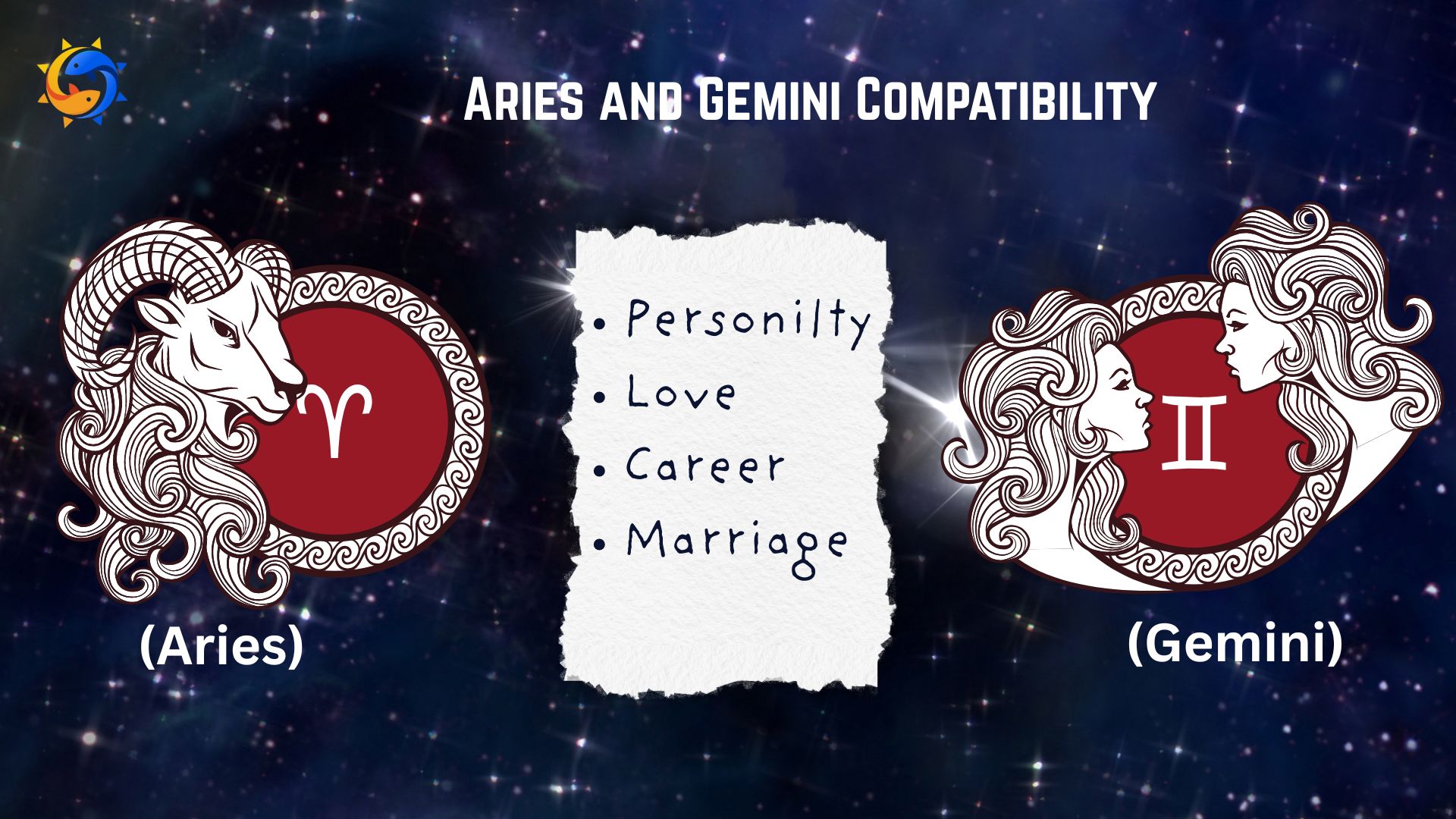According to Hindu scripture, Maha Shivaratri, also known as the Great Night of Shiva, holds immense significance in Hindu culture and spirituality. Celebrated annually in reverence of Lord Shiva, the festival encompasses various rituals, traditions, and cultural practices that highlight the profound devotion and admiration for this divine deity.
Significance of Maha Shivaratri
According to Hindu Scriptures, Maha Shivaratri marks the convergence of Shiva and Shakti, symbolizing the cosmic dance of creation and destruction. It is believed that on this auspicious night, Lord Shiva performed the Tandava, the celestial dance of primordial energy.
Spiritual Significance
Maha Shivaratri is regarded as a time for spiritual introspection and renewal. Devotees observe fasts and participate in prayers and meditation to seek blessings for spiritual growth and enlightenment.
Date and Timing of Maha Shivaratri 2024
Maha Shivaratri falls on the 14th day of the dark fortnight in the Hindu lunar month of Phalguna, typically occurring in February or March. In 2024, Maha Shivaratri will be celebrated on March 4th.
Rituals and Traditions
Fasting
Devotees abstain from food and water during the day and night of Maha Shivaratri as a gesture of purification and devotion. It is believed that fasting cleanses the body and mind, allowing individuals to connect more deeply with the spiritual essence of the festival.
Night Vigil (Jagaran)
One of the most significant rituals of Maha Shivaratri is the night vigil, where devotees stay awake throughout the night, engaging in prayers, chants, and hymns dedicated to Lord Shiva. The vigil symbolizes vigilance against ignorance and darkness, and the awakening of inner consciousness.
Shiva Temples Visitation
Devotees flock to Shiva temples across the globe to offer prayers and seek blessings on Maha Shivaratri. The atmosphere is filled with fervent devotion as devotees perform abhishekam (ritual bathing) of Shiva lingam and offer flowers, fruits, and incense.
Popular Beliefs and Legends Associated
Numerous legends and tales are associated with Maha Shivaratri, reflecting the multifaceted nature of Lord Shiva's divine persona. One such legend speaks of the churning of the ocean (Samudra Manthan), where Lord Shiva drank the poison to save the world from destruction.
Cultural Celebrations Around the World
Maha Shivaratri is celebrated with great zeal and enthusiasm in various parts of the world, transcending geographical and cultural boundaries. In Nepal, devotees throng the revered Pashupatinath Temple, while in India, the ancient city of Varanasi becomes a hub of spiritual fervor.
How Maha Shivaratri is Celebrated in India
Varanasi, Uttar Pradesh
Varanasi, also known as the spiritual capital of India, witnesses an influx of pilgrims and devotees during Maha Shivaratri. The city comes alive with colorful processions, devotional music, and elaborate rituals performed along the ghats of the sacred river Ganges.
Pashupatinath Temple, Nepal
The Pashupatinath Temple in Kathmandu, Nepal, is one of the holiest shrines dedicated to Lord Shiva. On Maha Shivaratri, the temple precincts reverberate with the chanting of sacred mantras and the fragrance of incense, as devotees pay homage to the divine.
Modern Observance and Festivities
In recent years, the celebration of Maha Shivaratri has transcended traditional boundaries, with the advent of social media and online platforms. Virtual tours of temples, live streaming of rituals, and digital campaigns have made the festival more accessible to a global audience.
Maha Shivaratri Food and Cuisine
While fasting is a common practice on Maha Shivaratri, certain food items are considered auspicious and are prepared as offerings to Lord Shiva. These include fruits, milk, honey, and traditional sweets like halwa and laddoos.
Maha Shivaratri and Yoga
Importance of Yoga on Maha Shivaratri
Yoga holds a special significance on Maha Shivaratri, as it is believed to facilitate the union of the individual soul with the universal consciousness. Practicing yoga asanas and meditation during this time enhances spiritual awareness and inner harmony.
Meditation Practices
Devotees engage in meditation and introspection on Maha Shivaratri to cultivate a deeper connection with Lord Shiva and attain spiritual enlightenment. The tranquil ambiance of the night provides an ideal setting for contemplative practices.
Impact of Maha Shivaratri on Society
Maha Shivaratri fosters a sense of communal harmony and unity, transcending barriers of caste, creed, and nationality. It serves as a reminder of the universal principles of compassion, righteousness, and tolerance espoused by Lord Shiva.
Symbolism and Iconography of Lord Shiva
Lord Shiva is adorned with various symbols and attributes that embody his divine essence and cosmic powers.
Trident (Trishul)
The trident symbolizes the three fundamental aspects of existence - creation, preservation, and destruction - over which Lord Shiva presides.
Third Eye (Trinetra)
The third eye represents inner wisdom, intuition, and insight. It is believed to possess the power of destruction and regeneration.
Serpent (Naga)
The serpent coiled around Lord Shiva's neck symbolizes Kundalini energy and the cycle of life, death, and rebirth.
Ecological Significance of Maha Shivaratri
Maha Shivaratri also highlights the ecological significance of environmental conservation and sustainability. Many devotees engage in tree plantation drives and environmental cleanup activities as part of their observance of the festival.
Maha Shivaratri Beyond Religion
Beyond its religious significance, Maha Shivaratri has a universal appeal that transcends cultural and religious boundaries. It serves as a platform for cultural exchange and interfaith dialogue, fostering understanding and harmony among diverse communities.
Conclusion
Maha Shivaratri is not just a religious festival but a celebration of spirituality, unity, and cultural heritage. It reminds us of the eternal principles of righteousness and compassion embodied by Lord Shiva and inspires us to strive for inner transformation and societal upliftment.
FAQs
What is the significance of fasting on Maha Shivaratri?
Fasting is believed to purify the body and mind, allowing devotees to deepen their spiritual connection with Lord Shiva.
Why is Maha Shivaratri celebrated at night?
Maha Shivaratri is believed to be the night when Lord Shiva performed the Tandava, the cosmic dance of creation and destruction.
How do people celebrate Maha Shivaratri outside India?
Maha Shivaratri is celebrated with great enthusiasm in countries like Nepal, Mauritius, Indonesia, and Sri Lanka, where there is a significant Hindu population.
AstroSagga, the leading online destination for astrology predictions, offers the wisdom of Vedic astrologers, tarot readers, and numerologists. Enhance your understanding through diverse astrology courses and consultations.












